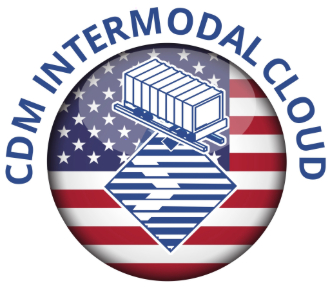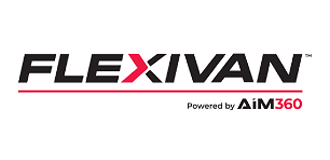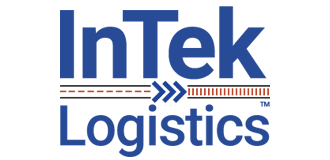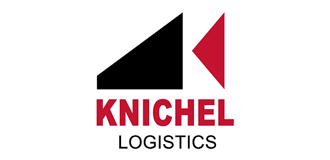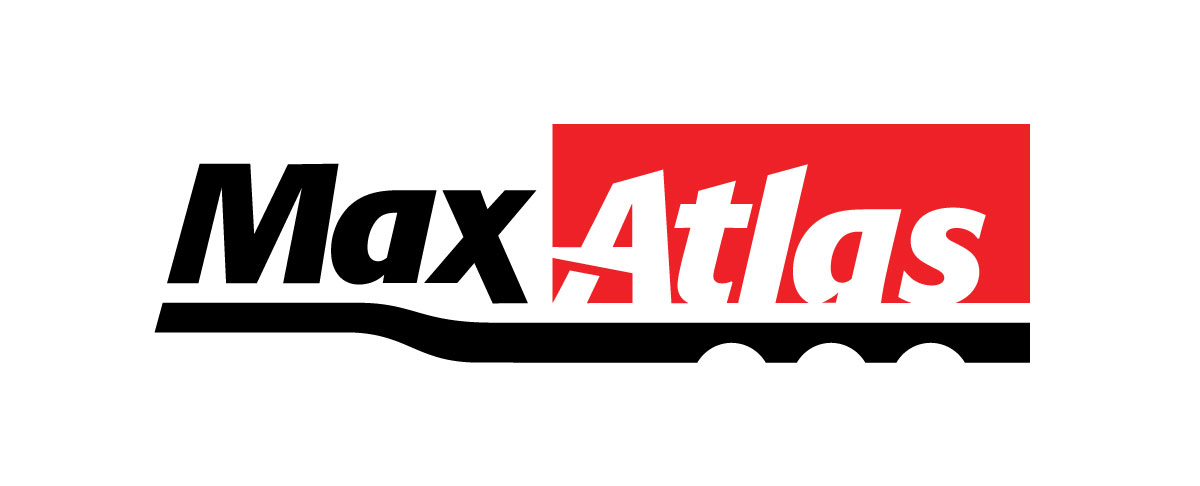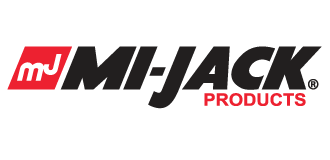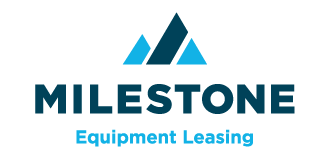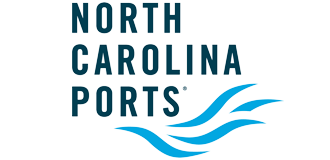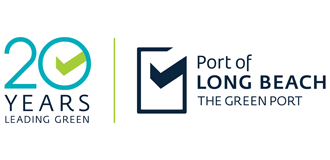IANA
See Intermodal Association of North America
ICTF
See Intermodal Container Transfer Facility
IDD
See Intermodal Drivers Database
IEP
See Intermodal Equipment Provider
IICL
See Institute of International Container Lessors
IIEC
See Intermodal Interchange Executive Committee
ILA
See International Longshoremen’s Association, AFL-CIO
ILWU
See International Longshore & Warehouse Union
IMC
See Intermodal Market Company
IME
See Intermodal Equipment
Importer
The party who purchases goods for import into a country and/or who stands responsible for the processing and correctness of the customs entry and payment of customs duty, if any. An importer is typically, though not always, the consignee and/or party with beneficial interest in the cargo.
IMTS
See Intermodal Market Trends & Statistics
In-bond
The status of merchandise admitted provisionally into a country without payment of duties, either for storage in a bonded warehouse or for transshipment to another point where duties will eventually be imposed and paid.
Incoterms
A list of standard terms for foreign trade contracts. The terms are created by the International Chamber of Commerce — ICC. Also known as International Commerce Terms.
Ingate
Location within an intermodal ramp where entering trucks are inspected, or the process of checking a container or trailer into the intermodal facility. This process includes inspection of the unit, reservation confirmation and the input of data into a computer system. When delivering the vehicle to the facility, the drayman must state the applicable shipper and destination.
Inland Carrier
A transportation company which hauls export or import freight between ports and inland points.
Inland Port
An intermodal container transfer facility that is situated in the interior of a country with rail, barge or truck services to a larger coastal port.
Institute of International Container Lessors — IICL
A trade association whose member companies are engaged in leasing marine cargo containers and chassis to ship operators and others.
Interchange
The transfer of physical possession of intermodal equipment from one segment of the logistics supply chain to another.
Interchange Agreement
A legally binding arrangement between an equipment provider and a drayage company that outlines the responsibilities of the parties involved in the equipment interchange.
Interior Point Intermodal — IPI
The import traffic movement from an origin port to an inland point on an ocean bill of lading.
Interline Freight
Goods moving from point of origin to destination over two or more transportation lines.
Intermodal
The movement of freight, in a container or on a trailer, by more than one mode of transportation. The movement can be made from rail to truck to ship in any order.
Intermodal Association of North America — IANA
The industry trade association representing the combined interests of the intermodal freight industry. IANA promotes the growth of efficient intermodal freight transportation through innovation, education and dialogue. IANA’s membership roster of over 1,000 corporate members includes railroads — Class I, short-line and regional; water carriers and stack train operators; port authorities; intermodal truckers and over-the-road highway carriers; intermodal marketing and logistics companies; and suppliers to the industry such as equipment manufacturers, intermodal leasing companies and consulting firms. IANA’s associate, non-voting, members include shippers — defined as the beneficial owners of the freight to be shipped — academic institutions, government entities and non-profit associations.
Intermodal Container Transfer Facility — ICTF
A near-dock rail container terminal serving a marine terminal.
Intermodal Drivers Database — IDD
In conjunction with the UIIA and in response to the call for increased security at intermodal facilities, IANA developed a secure, web-based system for motor carriers to provide and maintain driver identification information that is required to access specific intermodal facilities.
Intermodal Equipment — IME
The trailing apparatus used in the intermodal transportation of containers over public highways in interstate commerce. While primarily container chassis, IME can also include trailers for piggyback transit.
Intermodal Equipment Provider — IEP
Any individual or company that interchanges intermodal equipment — IME — with a motor carrier pursuant to a written interchange agreement or has a contractual responsibility for the maintenance of the IME.
Intermodal EXPO
IANA’s annual event is where the industry’s products and services are showcased and the industry’s issues and challenges are examined. Each fall, Intermodal EXPO’s networking, dialogue and education make it the essential event for the intermodal supply chain.
Intermodal Interchange Executive Committee — IIEC
A standing committee of the Intermodal Association of North America responsible for the administration of the Uniform Intermodal Interchange and Facilities Access Agreement, and for the processing of changes and/or modifications to the agreement. The committee consists of a minimum of two representatives from each mode representing motor, ocean and rail carriers participating in the agreement, with equal representation of each mode. Each representative also names an alternate from their respective mode who participates in committee meetings and serves as the voting member in the absence of the principal representative.
Intermodal Market Trends & Statistics — IMTS
IANA's quarterly published analysis of industry activities that provides a comprehensive look at intermodal business volumes. The report includes an in depth look at movements by equipment and key traffic corridors across North America.
Intermodal Market Company — IMC
An organization that purchases rail and truck transportation services, utilizes equipment from multiple sources, and provides other value-added services under a single freight bill to the ultimate shipper.
Intermodal Shipping Container
A large reusable rectangular box, generally constructed of steel or aluminum, designed to withstand the rigors of repeated travel from ship to truck to rail and back. Containers are designed to be interoperable with all modes of intermodal transport. Most standard dry containers are 20, 40, 45, 48 or 53 feet in length. Also known as a box.
Intermodal Terminal
A facility designed for the loading and unloading of containers and trailers to and from flatcars for movement on the railroad and subsequent movement on the street, sea or highway.
Intermodal Tractor Registry — ITR
A registration point for UIIA licensed motor carriers to provide tractor/truck information on behalf of their company drivers or owner operators.
International Commerce Terms
See Incoterms
International Longshore & Warehouse Union — ILWU
The North American labor union representing approximately 42,000 members in over 60 local unions in the states of California, Washington, Oregon, Alaska and Hawaii. An additional 3,500 members belong to the Inlandboatmen’s Union of the Pacific, which constitutes the Union’s Marine Division. Another 14,000 members belong to the autonomous ILWU Canadian area.
International Longshoremen’s Association, AFL-CIO — ILA
The largest union of maritime workers in North America, representing upwards of 65,000 longshoremen on the Atlantic and Gulf Coasts, Great Lakes, major U.S. rivers, Puerto Rico and Eastern Canada.
International Standard Organization — ISO
The international standards body that unifies container dimensions, carrying capacity and securement point design into a globally accepted standard. ISO boxes, often referred to as marine containers, come in 20-, 40-, or 45-foot lengths.
IPI
See Interior Point Intermodal
ISO
See International Standard Organization
ITR
See Intermodal Tractor Registry






